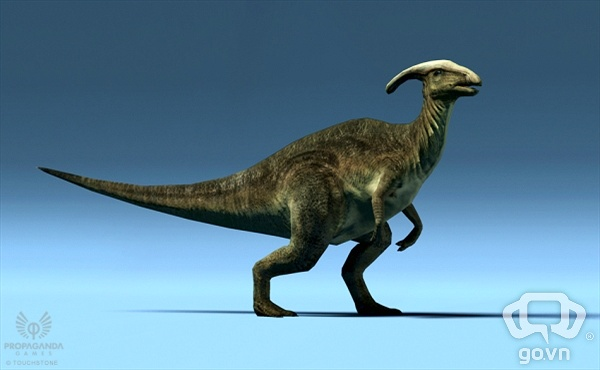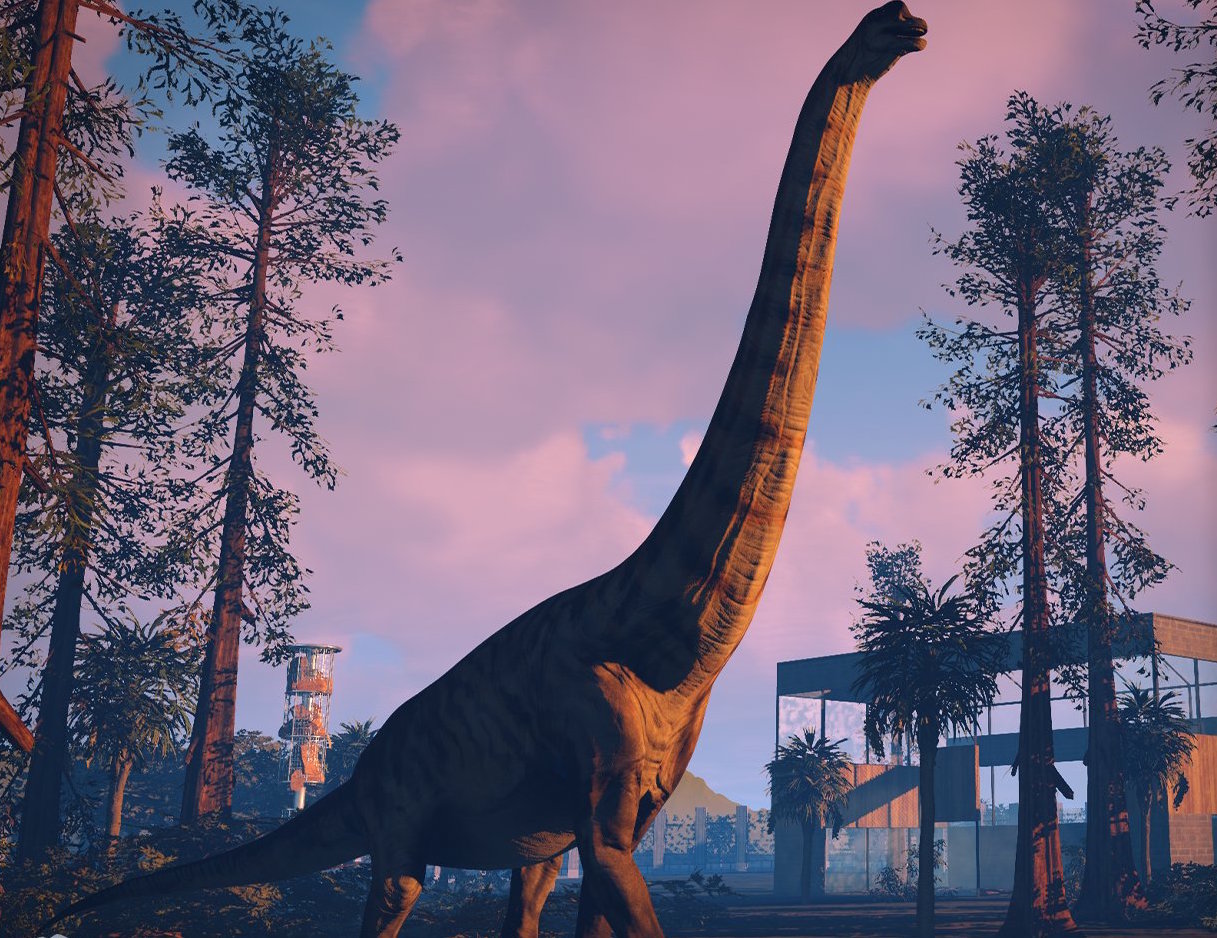

A carnivorous reptile, Megalania is related to modern-day goannas. It lived in Australia in the Pleistocene epoch. It had long tusks and a trunk, and lived in the forests of North America. The Mastodon was an ancestor of the elephant that walked the Earth in the Pleistocene epoch, around 10,000 to 11,000 years ago. With a long skull, and powerful, doglike body, it would have had little to fear from most other animals. The largest Hyaenodons were among the largest predators of their time. Hyaenodon is a genus of large carnivorous mammals that lived from the Eocene to the mid Miocene epochs. With a shell that was around 1.5 m (5 ft.) in length, and a total body length of around 3.3 m (11 ft.), it would have been an impressive sight walking through the South American forests and grasslands in which it lived. Glyptodon was a giant armadillo of the Pliocene and Pleistocene epochs. It lived in North America, Europe and Asia from the mid-Paleocene to the early Neogene period. Originally thought to be a type of prehistoric pig, it is now believed to be more closely related to whales and hippos.

EntelodonĮntelodon was a hoofed animal that lived in the Paleogene period. Coelodonta lived during the last ice age. It was found in Europe, Africa and Asia, and several species have been identified. This huge animal was covered with thick fur and had two large horns on its nose. CoelodontaĬoelodonta is also known as the woolly rhinoceros. It is the largest beaver ever to have lived, but it had a small brain in proportion to its body size and may not have been as smart as its modern day counterpart. Brygmophyseter grew to around 7 m (23 ft.) long, CastoroidesĬastoroides was a 2.5 m (8 ft.) long giant beaver that lived in North America during the Pleistocene epoch. Its name means ‘biting sperm whale’, and for good reason its teeth were up to 14 cm (5.5 in.) long, and it was an apex predator.

Analysis of its skull suggests that it may have had the strongest bite force of any animal! Brygmophyseterīrygmophyseter was an early sperm whale that lived in the Miocene epoch.
Prehistoric kingdom all 50 animals full#
Its jaws were full of long, dagger-like teeth. In fact, Basilosaurus was an early whale that lived in the Eocene epoch of the Paleogene period.īasilosaurus was around 21 m (70 ft.) long and had a 1.5 m (5 ft.) skull. BasilosaurusĪlthough its name, which includes the word ‘saurus’, suggests that Basilosaurus was a reptile, it was later found to be a mammal.

Andrewsarchus was discovered in Mongolia by naturalist Roy Chapman Andrews, after whom the genus was subsequently named.Īndrewsarchus was a large-snouted predator, and, based on skull measurements, may have been the largest ever carnivorous mammal (that lived on land). It was an early artiodactyl (hoofed animal), related to hippos and whales. List of Prehistoric Animals That Are Not Dinosaurs AndrewsarchusĪndrewsarchus was a large mammal that lived in the Paleogene period. We would like to extend our thanks to Rupert Harwood for his invaluable help in compiling this article.
Prehistoric kingdom all 50 animals plus#
We’re going to meet giant horses, killer birds, the biggest snake that ever lived, plus old favorites such as saber-toothed cats and woolly mammoths. We’ve already made a list of awesome prehistoric animals that lived with dinosaurs, so this page contains pictures and information on prehistoric animals that lived after the dinosaurs. Not every amazing prehistoric creature was a dinosaur! This list contains some of the world’s most awesome – and strangest – prehistoric animals, many of which were early relatives of familiar modern-day animals.Īre you brave enough to meet the Titanoboa? A list of prehistoric animals that are not dinosaurs.


 0 kommentar(er)
0 kommentar(er)
